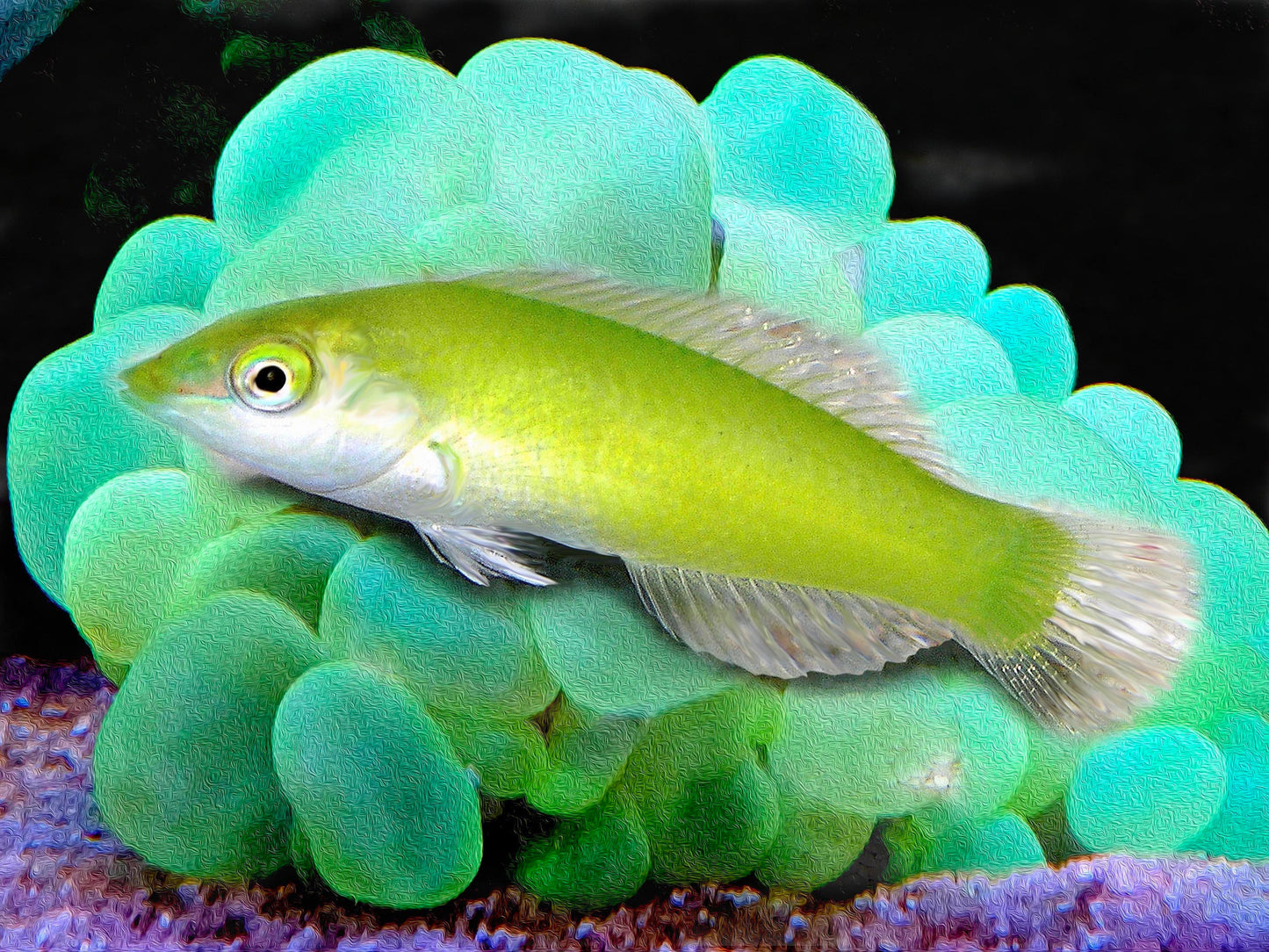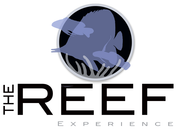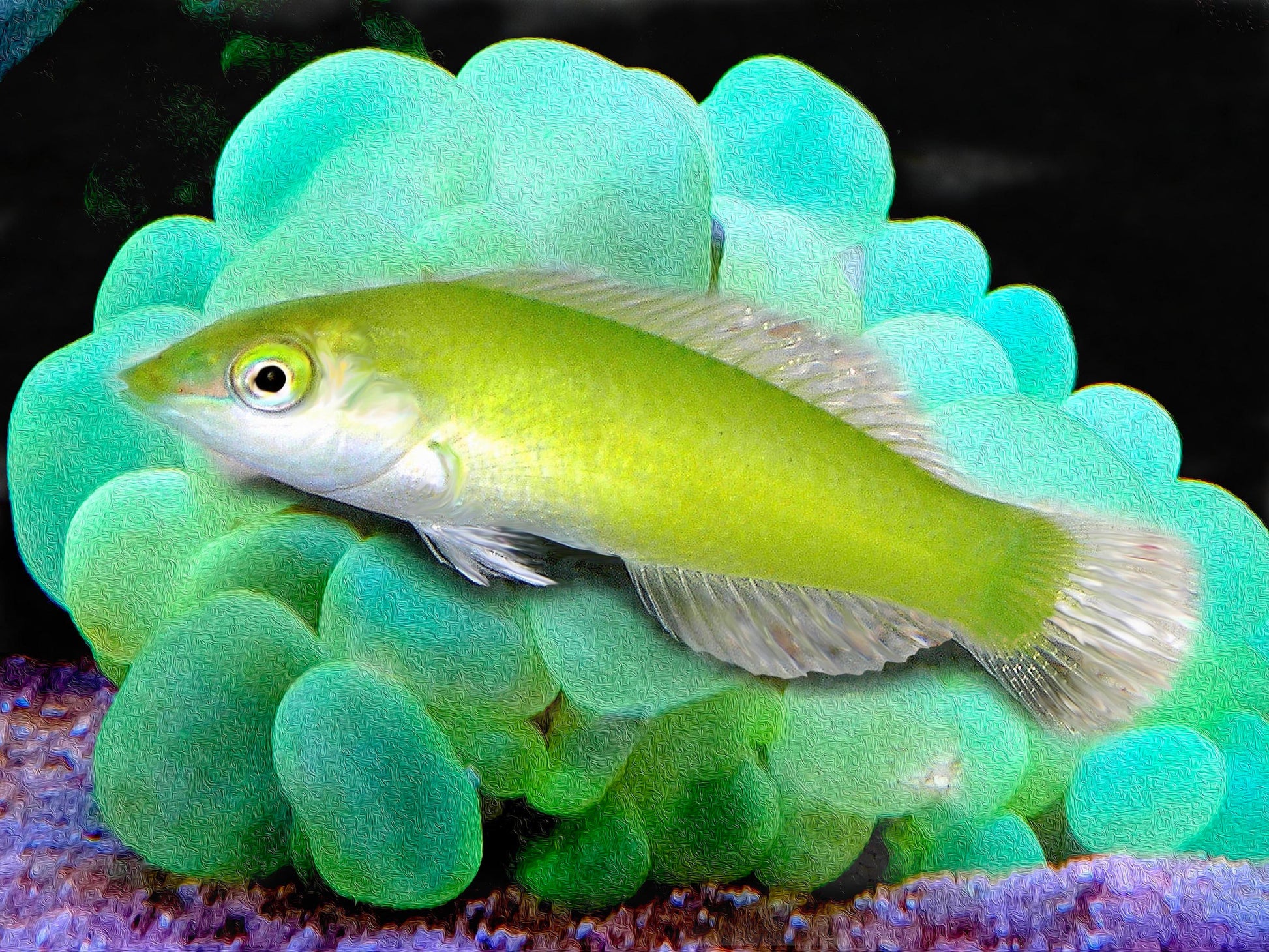The Reef Experience
Green Wrasse, Halichoeres Chloropterus
Green Wrasse, Halichoeres Chloropterus
Couldn't load pickup availability
Jade Wrasse, Halichoeres chloropterus, also go by the name Pastel Green Wrasse. As the names suggest, these slender beauties show two colours. Pure white stomachs nicely offset their vivid green backs.
Like all members of the Halichoeres genus, males and females are sexually dimorphic. Meaning they look different even though they are the same species. Some differences are more prominent than others. Females have black spots along their dorsal, whereas males have soft pink stripes across their face.
Halichoeres wrasse are found in the Indian, Pacific and Atlantic Ocean. The etymology for the genus is ‘Salt’, (alis) and ‘Pig’ (choiros).
They live in a mix of habitats, such as: coral reefs, sandy or rocky areas. The complex structures in the habitat help the wrasse avoid predation. Failing that, Jade Wrasse quickly vanish by burying themselves in the sand bed. These Wrasse live in social groups with one top male to a few or more females. Jade Wrasse are also protogynous hermaphrodites. Which means when the dominant male perishes, the largest female in the group will turn male. It will then become the new breeding male. As a result, all juvenile Jade Wrasse, are in fact immature females.
In the wild, these fish flit in amongst crevices, seeking out small invertebrates.
Halichoeres wrasse could be helpful for dealing with pests. Such as: nuisance snails, polychaete and nudibranchs, but may be risky with some kinds of ornamental critters. We recommend giving us a call to answer any compatibility questions you may have.
It is important to copy the natural environment by providing plenty of nooks and crannies. There should also be a good sand bed for the wrasse to hide and sleep in. Hobbyists should get a Jump guard to stop any unfortunate losses.
Jade Wrasse do best when fed a varied diet. They will accept enriched frozen mess shrimp and enriched frozen brine shrimp They will also devour live foods, such as copepods and amphipods, that can be cultivated in attached refugium. Over time they will accept high-quality pellet or flake.
For further information on keeping Marine fish please follow this link below
https://ornamentalfish.org/what-we-do/advice-information/care-sheets/caresheets-marine-fish/


